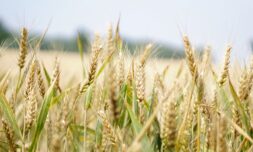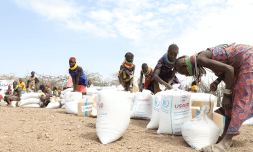Measurements of fruits and vegetables show that their minerals, vitamins, and protein content has dropped significantly since the 1950s. As the level of CO2 in the atmosphere continues to rise, researchers believe that human activity is to blame for this rapid decline in plant quality.
The nutritional value of some fruits and vegetables has dropped significantly since the 1950s.
According to a 2004 US study, important nutrients in a selection of garden crops were, at the time, reported to be up to 38 per cent lower than they were in the mid-20th century, with an average decline of 16 per cent in calcium, 15 per cent in iron, and 9 per cent in phosphorous.
With nutrient loss continuing during the last two decades, those figures today are far higher and more recent research has uncovered that this is due to rising levels of atmospheric carbon dioxide, which is reducing the protein and zinc content of certain staple foods like rice.
To date, monitoring this change has proved no easy feat.
This is because there are so any factors that have a measurable influence on crop chemistry, including weather, soil make-up, harvesting practices, genetics, and an enormous range of environmental variables.
However, with the climate crisis an ever more pressing concern – one that’s slowly waking us up to how negatively people are affecting the planet – the impact of human activity on nutritional value has raised eyebrows among experts worldwide, who believe that it’s largely to blame.
As they outline, a combination of conventional farming methods, the use of harmful chemicals, fertilisers, and pesticides, and animal agriculture is destroying the soil microbiome, a complex ecosystem made up of bacteria and other microorganisms that underpins global food security.
Yet robust evidence on this remains scant and, for this reason, scientists have turned their attention to the repercussions of increasing greenhouse gas emissions. So far, this has provided them with the most comprehensible results.




















